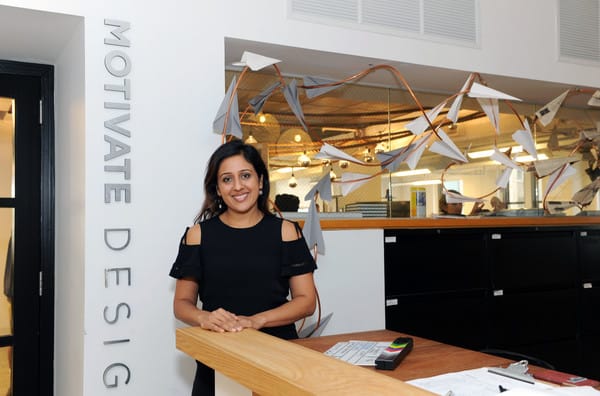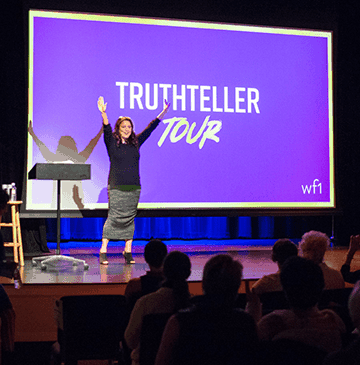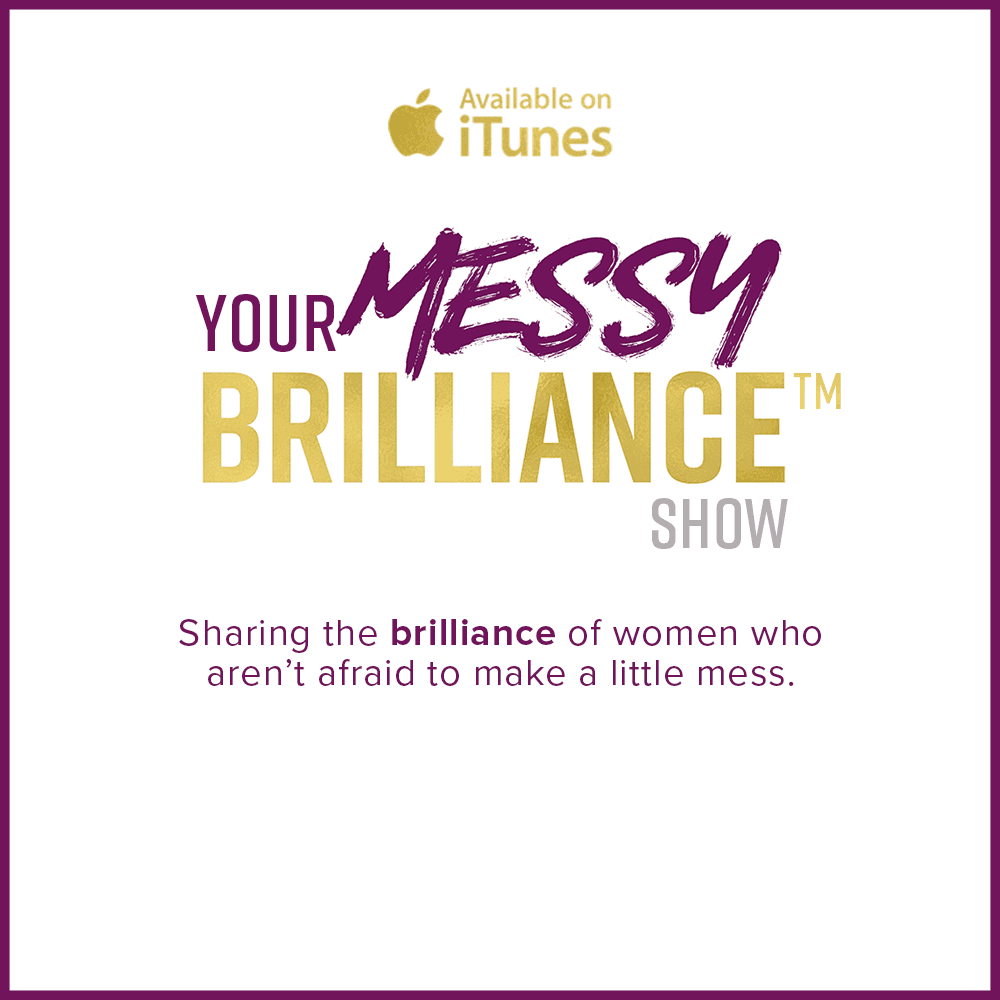
Author Your Story—and Write it In Pencil
“You can’t have that.”
The most resonant memory I have of hearing that statement was when I was 12 years old.
I’ve just gotten home from school. I sit down at the kitchen table in front of a bowl of ice cream, next to my very traditional, very strict Indian grandmother. Without a word, she calmly takes the bowl away from me with a “you should know better” look and hands the bowl to my younger brother. “You’re a girl,” her eyes tell me. Ice cream is a luxury. Girls don’t get luxuries.
Some memories are so powerful, they live in your body forever. Until that moment, I was an accommodating child who worked hard and did what she was told. A shock registered deep inside me: the crushing pressure of this predetermined life. I felt it in my skin, prickling with a warning: This system and these beliefs were wrong for me. In that moment, I realized I wanted more than her culture’s allowance for what I could have.
I knew I needed to redesign my path.
The irony was, like many first-generation immigrant kids, I’d already been creating my own rules. I was born in America, but I wasn’t accepted as American. I looked Indian, but I wasn’t accepted as Indian, either. I didn’t belong anywhere, and this taught me a lesson that I now teach my sons: that people in the world will label you, but the only label that matters is the one you give yourself. That label is written in pencil, and you can erase it whenever you want. My sons can choose to belong here. Or not. They own their own pencil.
If I didn’t belong anywhere, I didn’t belong to anyone. And if I didn’t belong to anyone, I didn’t have to follow everyone else’s rules. So I stopped.
The first time I ever understood this power was in winning the sixth grade egg drop challenge. We had to figure out a way to launch an egg out of a second-story window and have it land safely with only index cards. This was not supposed to be a “we” project. I was supposed to do it by myself. But no one said I couldn’t involve others, and the engineers in my family came through. I felt so fueled by their energy and unrelenting determination to solve it. We decided to roll up the index cards and created a cage to protect our precious egg. I’d never felt more brilliant than when our contraption landed unscathed.
I felt what it was like to win. That same approach to this egg drop challenge—research, insight, design, iteration—is what we do today at the insights-driven design company I founded, Motivate Design.
To start Motivate, I trusted my gut and leaned on others to guide me when I didn’t know what I needed to know. My gut told me to start testing the waters at age 12. To start rejecting the assumptions and rules people made. I wasn’t going to waste my time doing what other people expected me to do. Might as well live on my edge.
Standing at my edge, I experienced more. I became fascinated by human behavior, the subconscious beliefs and biases we all hold. This reinforced what I already knew to be true: that people are mostly passive players in their own lives. Spending their days in an endless cycle, never realizing they can take a new route.
Our world systematically takes advantage of that cycle. Not just cultures that don’t want you to ask questions, but businesses, too. The intersection between what businesses sell and what people buy hooked me. When do we want to keep people on autopilot and make things easy and intuitive? When do we want to empower them to break through their preprogrammed perspective and try something new? When do we break through our own limiting beliefs and serve people better than other businesses might?
Before I knew it, I was a 24-year-old telling the senior leadership of Fortune 500 companies what was what, and they were listening. They were listening to what I found when I was listening. I drilled through the subconscious walls people erect and found opportunities to spark new ideas back at the businesses I worked with.
Once more, I felt a shift. A pull to elevate the consumer’s voice, the human voice, in a way that’s hard to ignore. To bring real needs and stories out into the world so that we might all have a higher level of empathy and connection.
This pull is what Insider Insight™, my research method, captures. On the business side, it’s a research technique designed to dive deep into tough problems that need to be fixed—from hidden detrimental financial habits, to hiding from your future health, to building lasting relationships with customers. It helps brands create real value in people’s lives by actually understanding what people want and need.
Within our community, however, the mission is totally different. For me, Insider Insight™’s mission has always been to foster real conversations between friends. To give people a space to take down their walls and feel more heard and understood. We hold so much inside, and these conversations give people a reason to connect with each other through authentic conversations on meaningful topics. Where people are real people, and brands are inspired to shut up and listen.
Now, we’re taking it further: We’re listening to conversations about race, gender, class, and parenting, and reporting our findings in a podcast. The hope is the same: to listen, reframe, reprogram. And ultimately, to help us all behave in more conscious and positive ways for ourselves and other people.











0 comments to "Author Your Story—and Write it In Pencil"